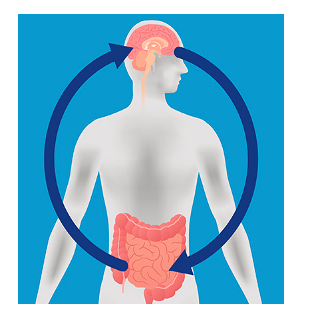The Art and Science of Being Human
Changing the way we think… about what it means to be human.
Whether or not we like to acknowledge it, our human bodies are amazing machines, capable of incredible things, and yet also susceptible to a variety of indiscriminate vulnerabilities. My hope with this article is to highlight a few wonders of our physiology and pique your curiosity about how you can take back some control in maintaining your marvelous machinery (pun intended).
Our bodies as machines run on a fuel called Glucose. We ingest and convert a variety of substances that are then chemically disentangled to provide us with that glucose. Our body needs proteins and glucose from what we ingest for the purposes of growth, development, and optimal functioning. The rest becomes waste products (No need to talk about THAT process here!).
If glucose is the “fuel” for our engines, stress is the “horsepower.” Not enough horsepower and the engine can’t do the job. Too much horsepower and it is difficult to keep the car on the road so to speak.
In a previous article I spoke of a brain model that had three parts, as well as the brain’s response to stress in one of those parts called the limbic system. Stress triggers in that region send fight or flight messages to our nervous system. Those of us exposed to occasional excessive stress will also know that a number of these responses occur in our Gastro-Intestinal (GI) tract. Yes, our GI tract! After all, it too, has a very real nervous system of its own. It is our Enteric Nervous System. Believe it or not, this digestive system generates numerous physiological responses without even directly involving the brain. This system also has identical neurotransmitters to those found in the brain and is responsible for producing/storing approx. 90% of the body’s serotonin which in turn is directly related to our mood fluctuations as well as peristalsis (the cramping that helps our body rid itself of waste – too much cramping can manifest diarrhea, too little = constipation). That’s why we feel stress in our gut.
The science is becoming clearer that we receive very clear stress signals from both our cranial brains, as well as our enteric brains. The art lies in what we do to make optimal use of those signals.


![The Art and Science of Confabulation vs. Lying [2025-07]](https://cognitivedynamics.ca/wp-content/uploads/2025/07/2025-07-Lying-v-Confabulating-child-in-distress-500x383.jpg)
![The Art and Science of Good Stress vs. Bad Stress [2025-06]](https://cognitivedynamics.ca/wp-content/uploads/2025/07/2025-06-Stress-Continuum-Yerkes-Dodson-500x383.png)
![The Art and Science of Healing the Divide [2025-05]](https://cognitivedynamics.ca/wp-content/uploads/2025/07/Healing-the-Divide-1-500x383.jpg)
![The Art and Science of Relationship Importance [2025-04]](https://cognitivedynamics.ca/wp-content/uploads/2025/07/Relationship-Importance-1-500x383.jpg)
Leave A Comment